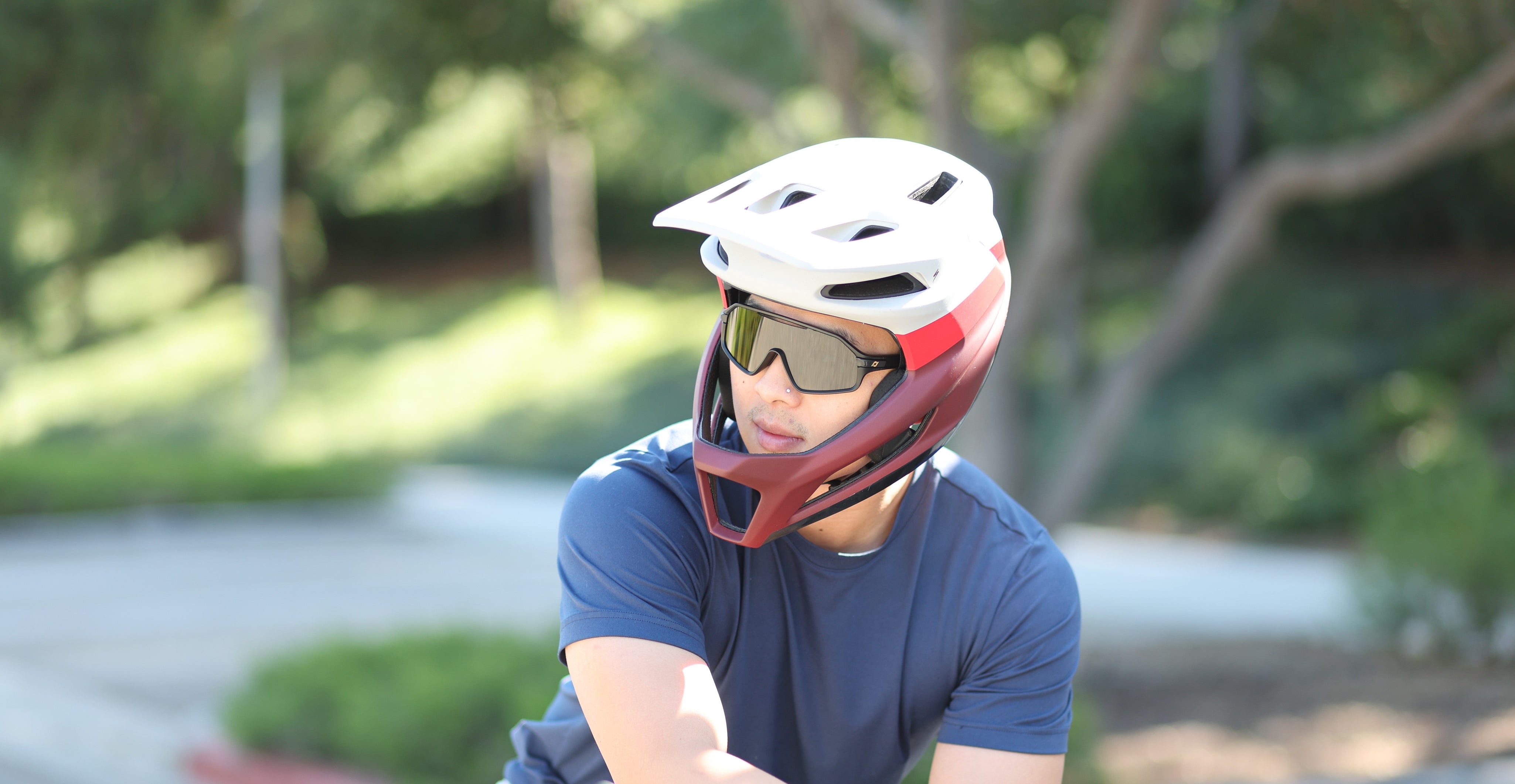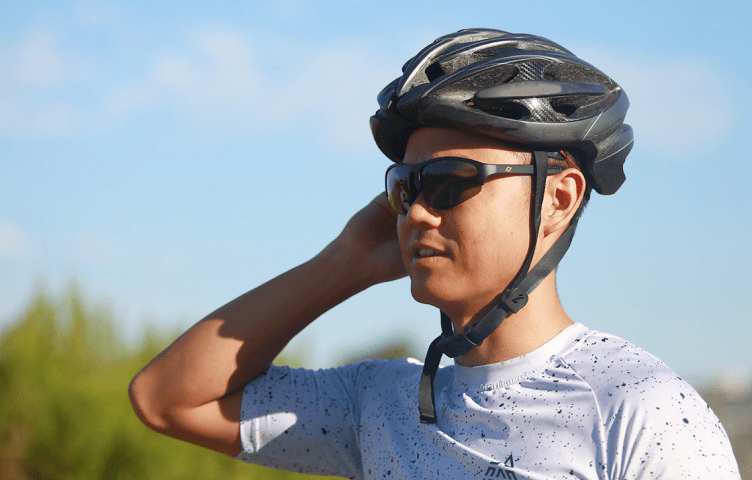Why “Asian Fit” Sunglasses Don’t Always Fit Low Nose Bridges

What "Asian Fit" Really Means in Sunglass Design
“Asian fit” is a vague term used by many brands, but it rarely means the frame has been redesigned. In most cases, it involves minor changes—like slightly narrower bridges or shallower lens curves.
Common Reasons Asian Fit Frames Still Slide
-
Pads that don’t align with your nose bridge
-
Frame geometry not changed from original design
-
Not designed for high cheek bones and low nose bridge faces
Limitations of Tweaked Designs
Many “Asian fit” options are just retrofits of existing bestsellers. But face shape differences require real architectural changes—not just cosmetic ones. That’s why the tweaks often don’t solve the sliding, pinching, or cheek contact.
What a Low Nose Bridge Fit Should Include
To get a true fit, look for frames with:
-
Frames that don't touch your cheeks, even when you smil
-
Nose pads that make solid contact with your nose bridge
-
Less aggressive wrap or curved bridge
The Next Step: Rethinking Fit From the Ground Up
Instead of trying to make “universal” sunglasses work, some brands are now designing eyewear specifically for people with low nose bridges. Check out what makes our sunglasses different on our FAQ page. Want to browse our low nose bridge sunglasses? Visit our collection page.
FAQ
Q: What’s the difference between low bridge and “Asian fit”?
A: “Asian fit” is a marketing term. Low bridge fit refers to actual design changes built around a flatter nose structure.
Q: How can I tell if sunglasses are really built for my face?
A: If you’re not adjusting them constantly and they don’t touch your cheeks—that’s a good sign you’ve found the right fit.



